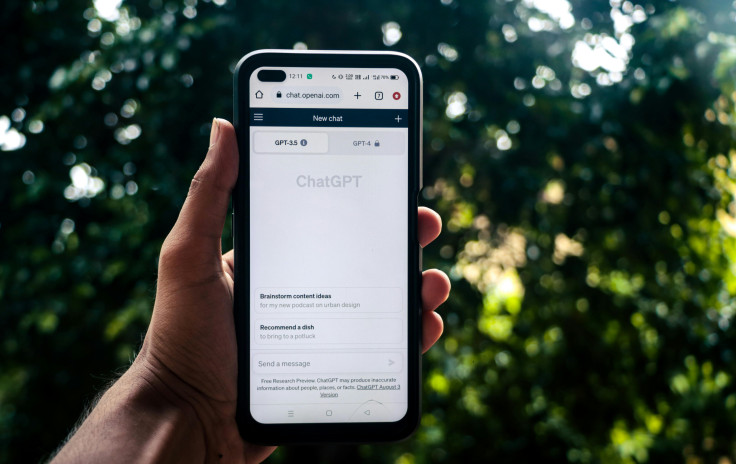ChatGPT Fuels OpenAI's £7.3 Billion Boom: Here's How They're Cashing In
Despite past losses, OpenAI's $40 billion (£29.57 billion) valuation reflects high growth expectations

The launch of ChatGPT has heralded a new era for artificial intelligence, propelling OpenAI to unprecedented financial heights. With a staggering $10 billion (£7.39 billion) valuation now firmly established, the question arises: how exactly is this innovative company converting its technological prowess into such significant commercial success?
Barely three years after the release of its wildly popular ChatGPT chatbot, OpenAI has reached an astounding $10 billion (£7.39 billion) in annual recurring revenue (ARR). This revenue includes earnings from the company's consumer offerings, business solutions for ChatGPT, and API.
OpenAI's Explosive Growth
An OpenAI spokesperson clarified it does not include licensing revenue from Microsoft or significant one-time agreements. Last year, OpenAI's annual recurring revenue stood at approximately $5.5 billion (£4.07 billion).
Achieving such rapid growth demands considerable financial resources. The San Francisco-based startup incurred losses of around $5 billion (£3.70 billion) last year. OpenAI is also aiming for $125 billion (£92.40 billion) in revenue by 2029, a detail shared by an anonymous source familiar with the confidential plans. The Information initially reported on these revenue targets for OpenAI.
Fastest growing revenue segment again is #Consumer AI not Enterprise AI for @OpenAI @ChatGPTapp hits $10 Billion ARR in just 2 years and doubles revenue since 2024 $5 billion —> $10 Billion ( 2025)
— InspiredOne App (@InspiredOne_ai) June 10, 2025
It took
20’years for @Microsoft to hit $10 Billion
8’years for @Meta to hit… pic.twitter.com/OHptQAcAV9
These latest revenue figures shed light on OpenAI's enormous valuation. It's worth noting that OpenAI finalised a $40 billion (£29.57 billion) funding round in March, which stands as the largest private technology deal ever recorded.
Cultivating A Massive User Base
Considering its current metrics, OpenAI's valuation stands at roughly 30 times its revenue, underscoring the exceptionally high growth anticipated by some of its most significant investors.
OpenAI receives support from prominent investors, including Japan's SoftBank, Microsoft, Coatue, Altimeter, and Thrive. The company gained widespread attention by introducing the consumer version of ChatGPT in late 2022 before rolling out its business offerings the following year.
By March, the AI company supported a staggering 500 million weekly active users. Earlier this month, the company further revealed an increase to three million paying business users, a notable jump from the two million reported just in February. So, how does ChatGPT turn this extensive usage into revenue?
ChatGPT's Revenue Streams
OpenAI began as a nonprofit in 2015, funded by donations as its founders initially opposed AI's commercial use. However, the company later stated that donations alone couldn't cover the escalating costs of computing and talent essential for advancing research, which risked their mission.
Consequently, in 2019, they established a for-profit subsidiary supervised by the nonprofit's board. Much has changed since then. OpenAI's sales have surged, reportedly exceeding $2 billion (£1.48 billion) annually by December 2023, driven by ChatGPT's immense popularity. This figure is projected to climb even higher as companies increasingly embrace OpenAI's technology for integrating generative AI tools into their operations.
OpenAI's website offers a free version of ChatGPT. They also offer ChatGPT Plus, a premium version costing $20 (£14.78) monthly. The free tier has limited access to features like data analysis, file uploads, vision, web Browsing, custom GPTs, and the latest system, ChatGPT-4.0.8. Management currently has no plans to monetise non-paying users through ads.
Furthermore, the company sells its API via subscription to organisations wanting to use the model, which Investopedia confirmed by querying ChatGPT.
The Road Ahead
OpenAI's remarkable financial trajectory, primarily driven by ChatGPT, showcases the immense value being unlocked in AI. As they continue to innovate and expand their offerings, their financial influence is set to grow even further.
© Copyright IBTimes 2025. All rights reserved.






















